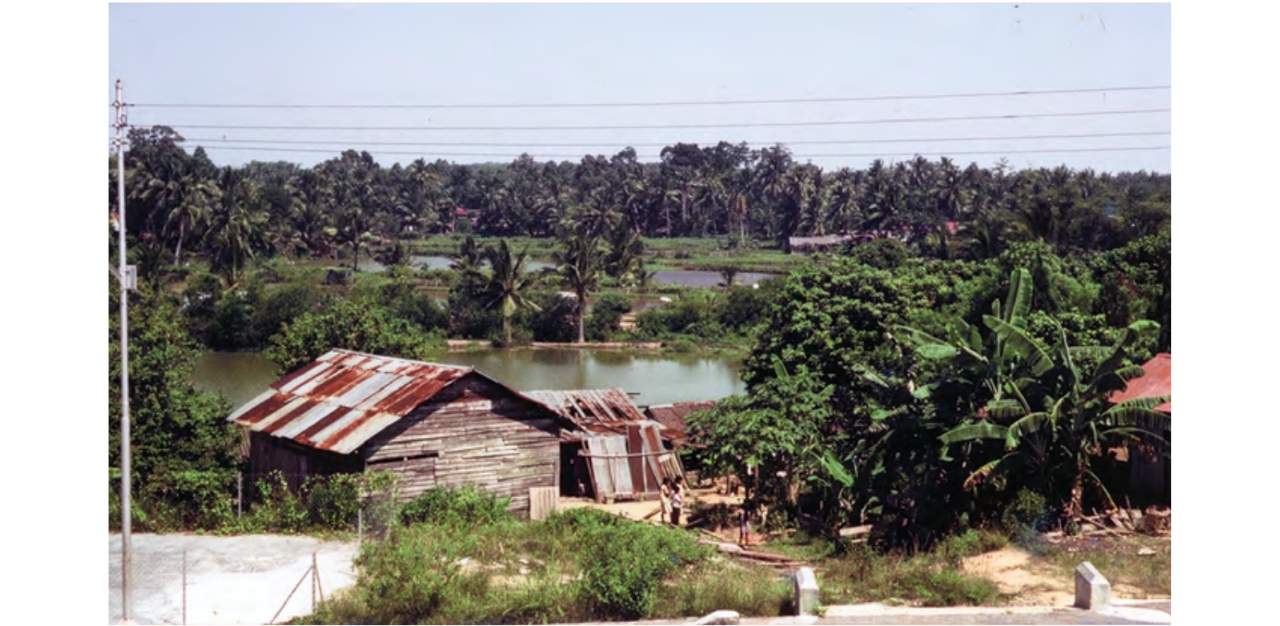Located in northern Singapore, the new Sembawang Heritage Trail runs from Sembawang to Canberra, and boasts some verdant pockets of nature and historical buildings that remain intact.
According to Alvin Tan, the Deputy Chief Executive of Policy and Community at the National Heritage Board (NHB), this new heritage trail gives Singaporeans the option to ‘travel’ in a domestic setting, especially when international movement remains restricted, during this pandemic.
The Sembawang Heritage Trail is the 21st trail launched by NHB, and since the existing Yishun-Sembawang Heritage Trail also covers locations in Sembawang, it will be renamed Yishun Heritage Trail.
NHB recommends three thematic routes on the new trail: Historical Landmarks of Sembawang, Communities of Sembawang, and From Dockyard To Shipyard. Here is how each of them vary:
If you enjoy nature or long walks, this trail is right up your alley, due to the distance of each route: the Historical Landmarks of Sembawang route is seven kilometres long, the Communities of Sembawang route is eight kilometers, and the From Dockyard to Shipyard route is five kilometres.
For those who are a sucker for history or the navy, try finding out more about the historical landmarks, old houses and the naval base in Sembawang, and also learn about the communities within the naval base and their cultures.
Or perhaps the sea and coastal communities are your thing. If so, do not miss visiting surviving landmarks from kampongs and British naval communities.
At the end of the trail, relax and recuperate at the Sembawang Park and Beach, and top it off with a visit to Sembawang Strip or Beaulieu House for a meal and drinks.
TheHomeGround Asia went on a tour of the trail and shares some highlights from the trip.
A rich history to be gleaned along the trail
The Sembawang Heritage Trail is rich with locations that reveal the history of the neighbourhood. Especially for people with a keen interest in architecture, the sites will surely be exciting to visit, as they display a wide variety of architectural trends. Some of the places to visit to experience this are Gibraltar Crescent, Cyprus Road and Admiralty Road East.
Gibraltar Crescent
Gibraltar Crescent is home to some of the oldest black-and-white houses in Singapore, a relic of our colonial past. You can find many lodgings and bunkers here; the latter were necessary for navy members.
The architectural style of these houses are unique: white plastered walls contrasted with dark timber frames that drew inspiration from Anglo-Indian and Malay architecture. These houses were made mostly from wood, because they were often used as temporary lodging, particularly for engineers.
Unlike most houses, they are typically raised from the ground, with extended verandahs and roofs with overhanging eaves that provide extra ventilation and cool the spaces.
The houses along Gibraltar Crescent were known as the Jacksons, named for the fact that they housed engineers from Sir John Jackson Limited. They were not single-family houses, but rather communal living spaces.
One of these houses was destroyed during World War II, and replaced with a single-storey house that was not raised from the ground like the other black-and-white houses. This came to be known as the Dockyard Theatre, or Japanese Theatre (rumour has it that the Japanese screened propaganda in this theatre during their occupation). Plays were staged, and after the war ended, it gained new life, serving as a multipurpose hall for badminton and musical performances.
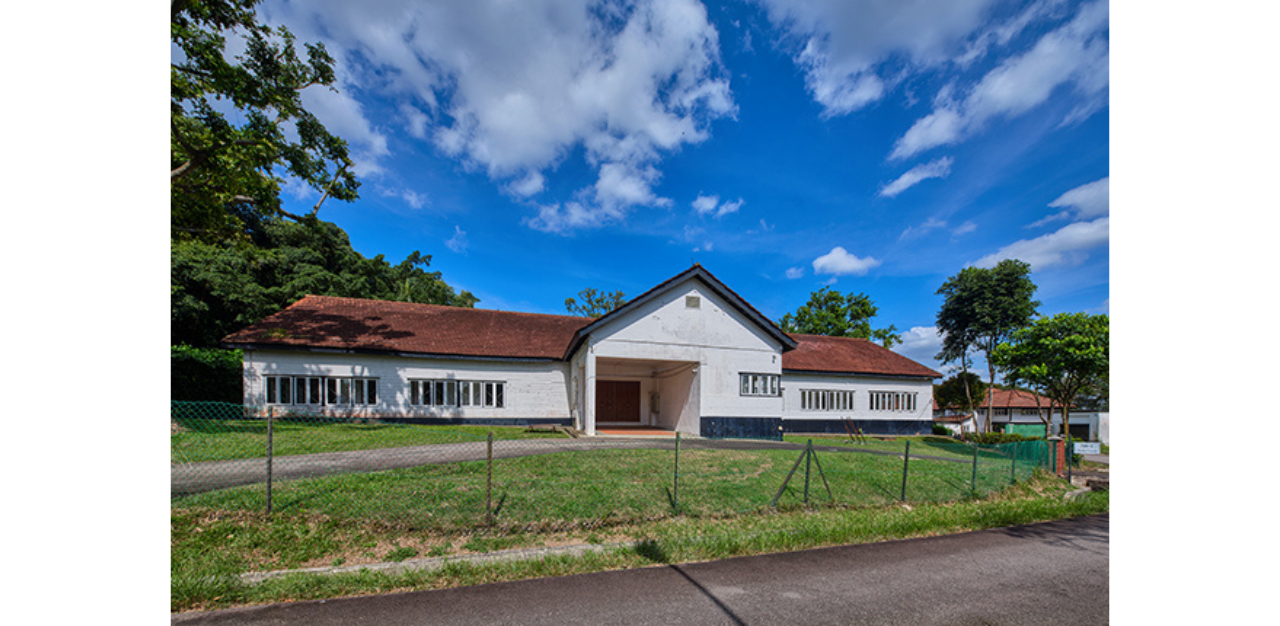
Walking through Gibraltar Crescent, we not only see the colonial houses that are distinct from today’s architecture, but we can also immerse ourselves in the lush and thick woodlands that surround the vicinity. The tranquillity in Gibraltar Crescent is a welcome escape from the hustle and bustle of city life.
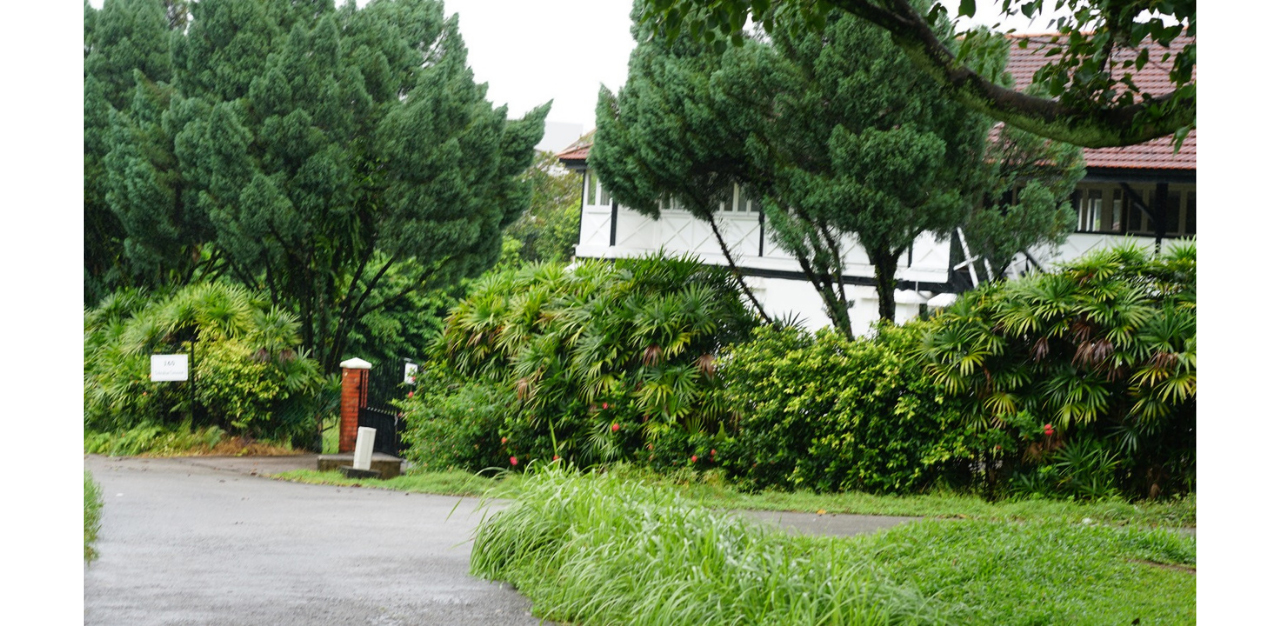
Once making the turn at the end of Gibraltar Crescent, we enter Cyprus Road. Cyprus Road also hosts historical houses, albeit in a different architectural style to that of the ones found along Gibraltar Crescent.
Cyprus Road
The houses on Cyprus Road were built after World War Two, to accommodate the increase in European workers (not British) at the naval base. The houses were built in Art Deco style (which gained prominence in the United States and Europe during the Roaring 20s), with sun breakers around the windows. Similar to Gibraltar Crescent, Cyprus Road is surrounded by lush greenery, and peace and quiet prevails there.
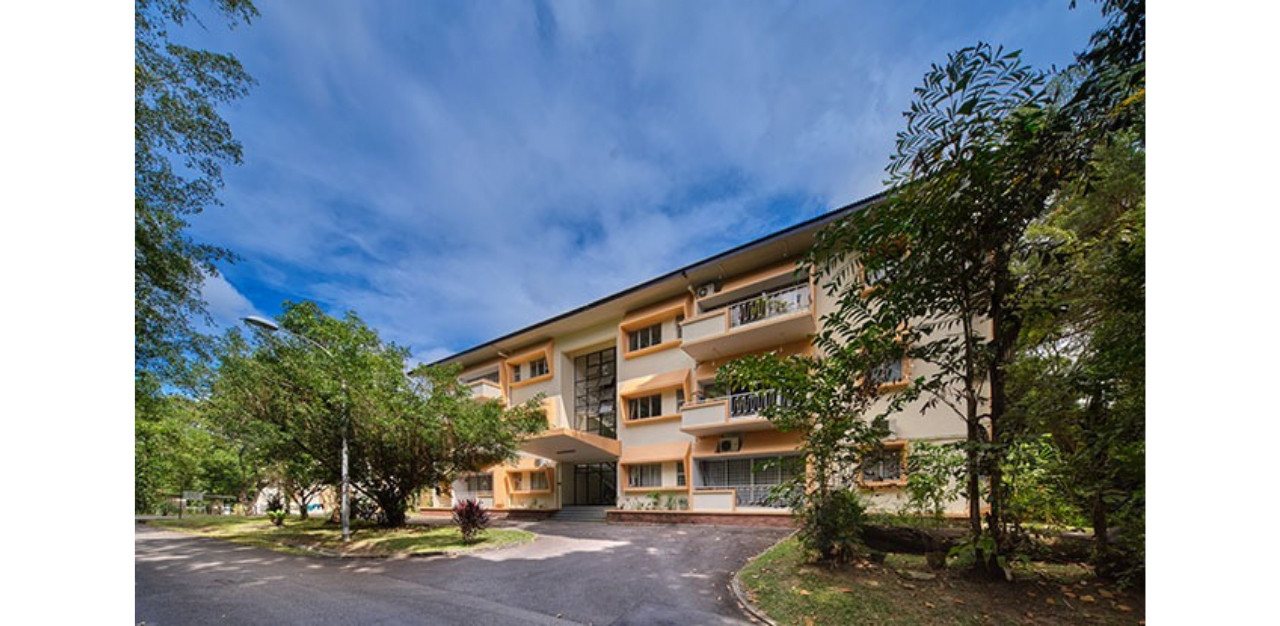
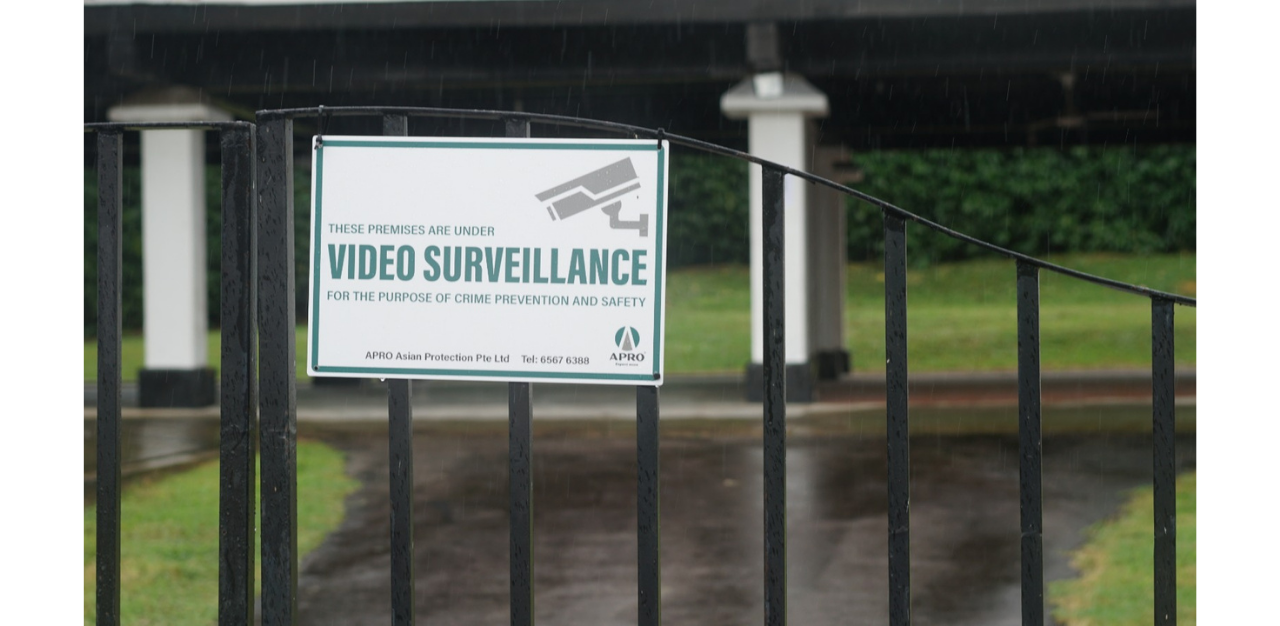
Admiralty Road East
Once you have covered the houses along these roads, you can stroll down Admiralty Road East to find buildings that were erected for chargemen in the navy. Their architectural style was influenced by the Arts and Craft Movement, seen from their partially exposed red brick facades.
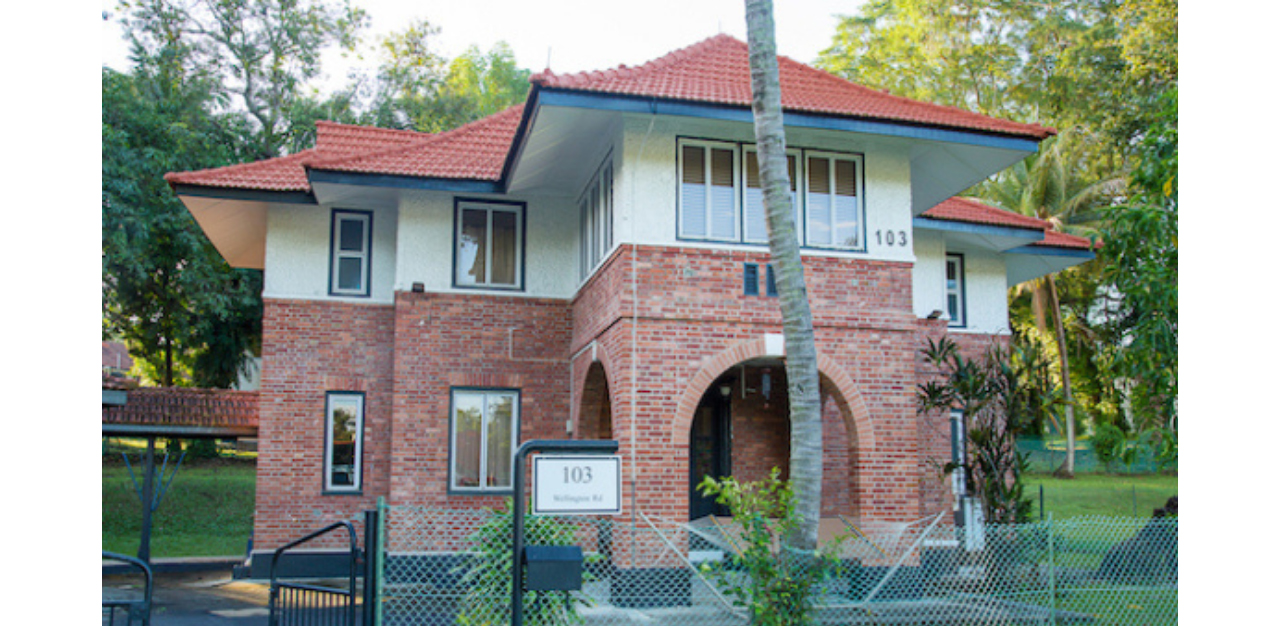
Walk further down and you will finally reach the Sembawang Shipyard (now known as Sembcorp Marine Admiralty Yard), located at Canberra Road. You can learn more about the history of the shipyard, particularly when it was operating as a dockyard for the British Navy, and how it was transformed and commercialised by the Singapore Government, after the dockyard was transferred to them when the British left.
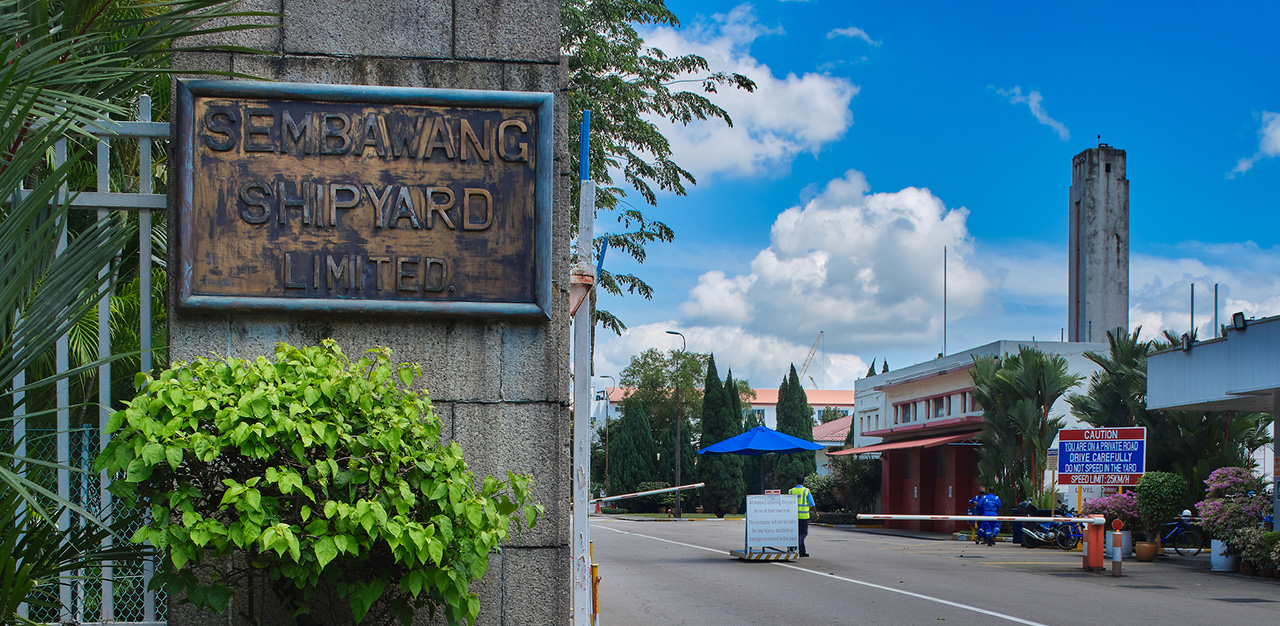
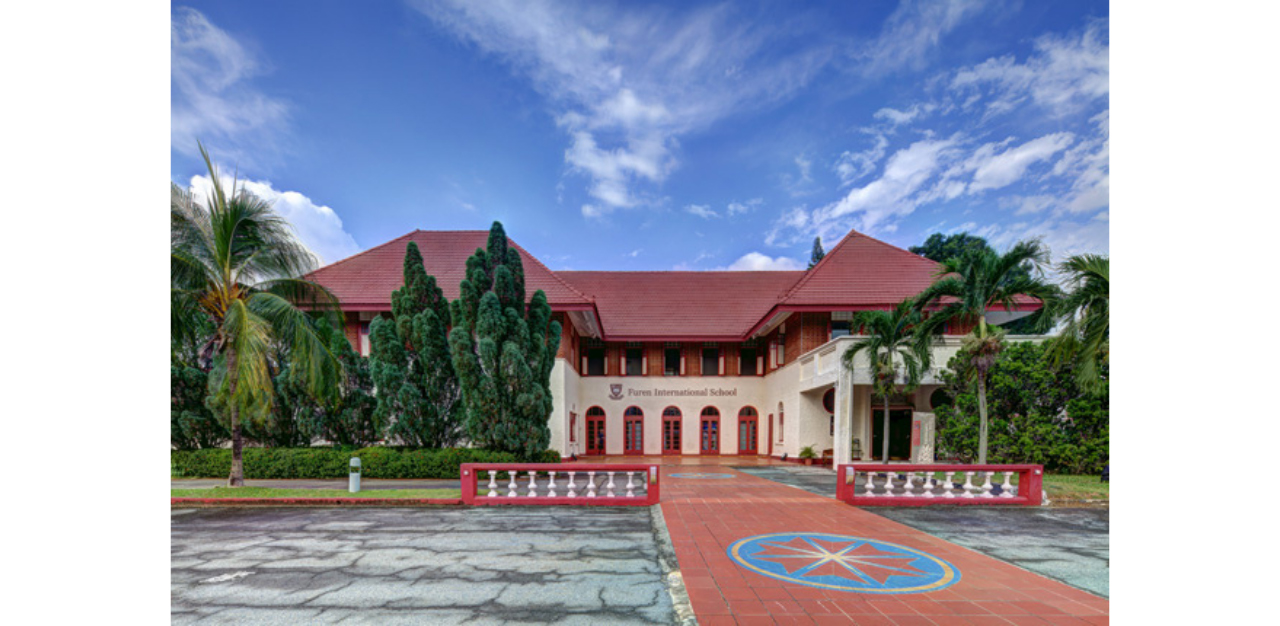
The communities of Sembawang
Coastal kampongs
Sembawang was home not just to the naval base, but also to coastal kampongs (Malay for villages). The entire neighbourhood teemed with several cultures. Some were native, like the Orang Seletar, while some had migrated to work at the naval base in Singapore. Different establishments were set up to meet the needs of the communities, such as the creation of religious sites of worship, one of which still exists in its original location.
Although the kampongs of Sembawang do not exist anymore, there is one relic remaining: Masjid Petempatan Melayu Sembawang was opened in 1963 in Kampong Tengah, which no longer exists. It was built by kampong residents, who raised funds among themselves and received donations from the Lee Foundation. The mosque served the community, not just as a place for worship, but also as a site to celebrate festivals and to make important announcements. (Fun fact: the oldest surviving rubber tree in Singapore is found in the grounds of this mosque!)
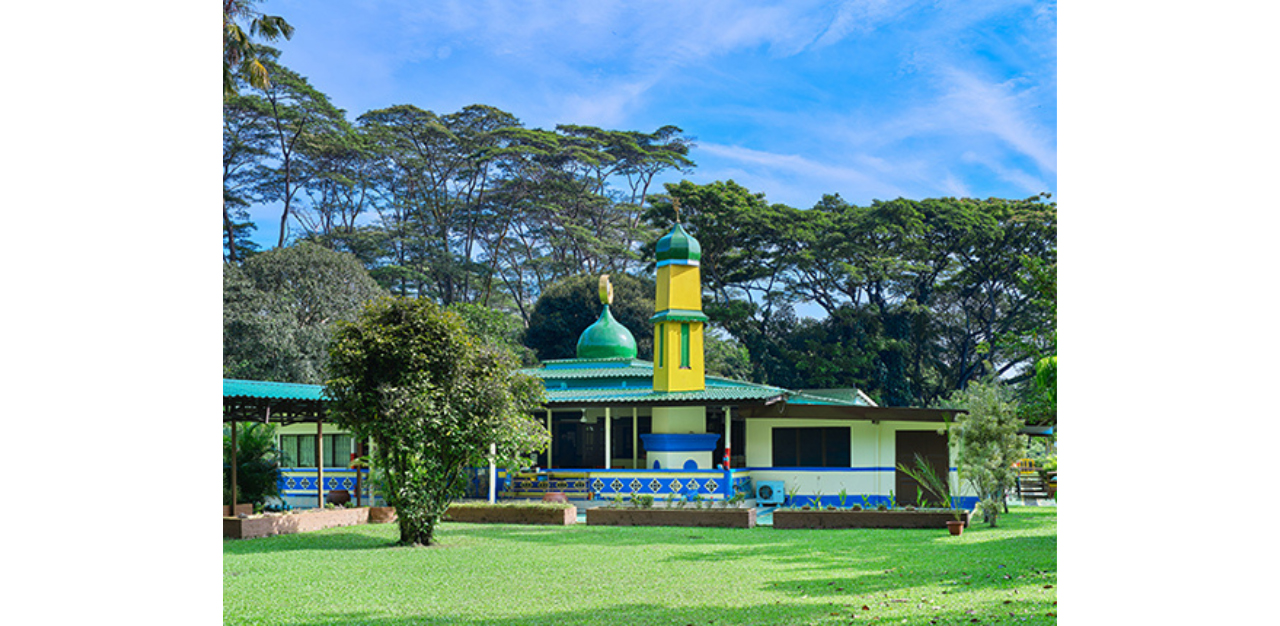
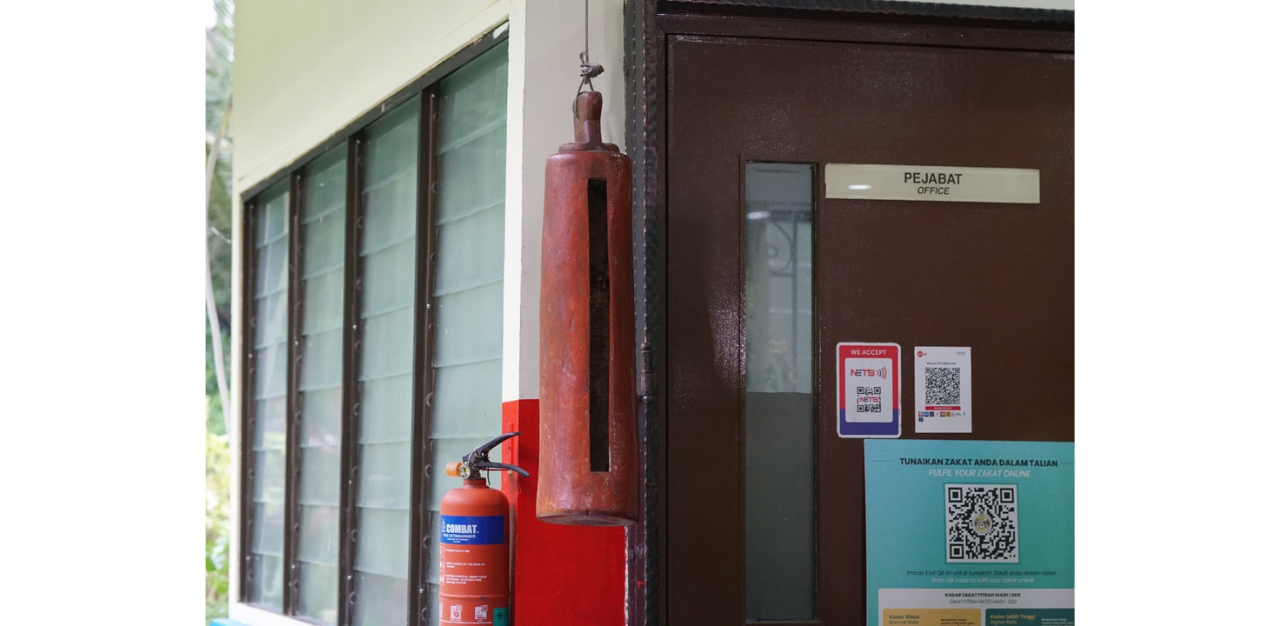
Sembawang Strip
From there, you can make your way down to Sembawang Strip, which is a row of shophouses that comprises mainly pubs and eateries. This was a popular spot for rest and relaxation, especially among those who worked in the naval base. Today, the only surviving establishment from the 60s is Nelson Bar.
From Sembawang Strip, walk down Sembawang Road and then Canberra Link to reach the Holy Tree Sri Balasubramaniar Temple. The temple was first built in 1962, when P. Karuppiah, who was an employee at the dockyard, had a dream about the Hindu deity Lord Murugan, and a golden cobra under a jujube tree. When he found a jujube tree near Canberra Road, he decided to build the temple there, which met the religious needs of Hindu dockyard workers. Although the temple has been relocated, you can still make a stop at its original location to appreciate its historical significance in enriching the make-up of the community of Sembawang.
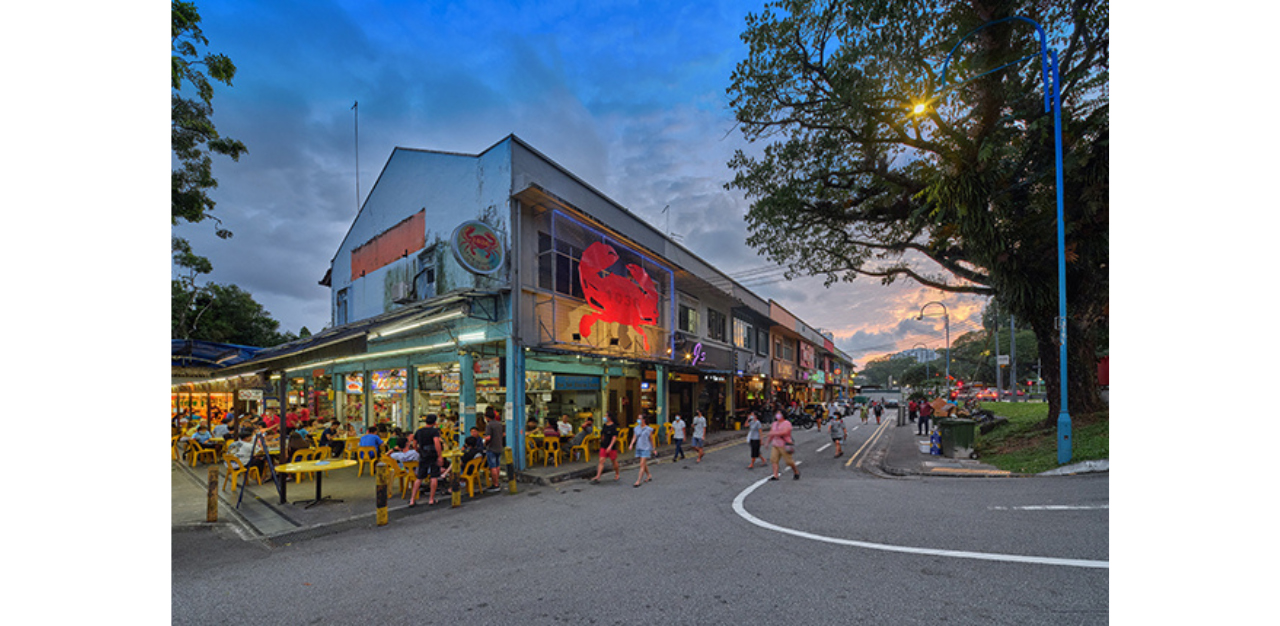
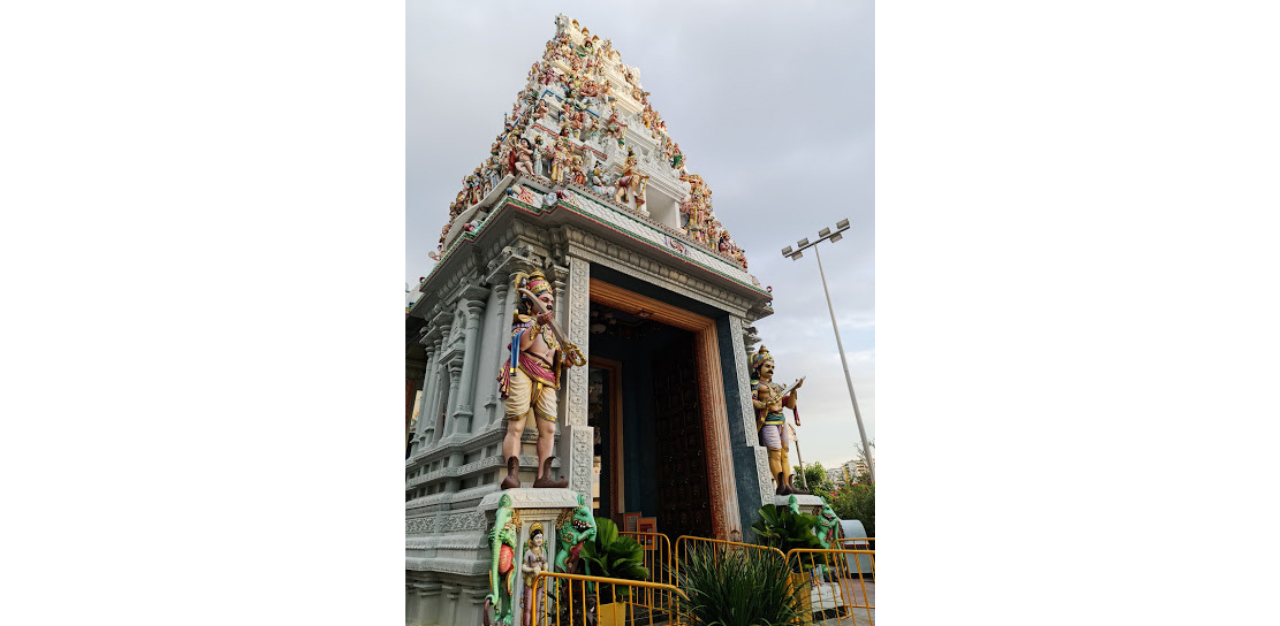
Sembawang Park and Beach
Sembawang is characterised not just by its rich history of hosting a naval base and coastal villages, but also by nature. Although urbanisation and development projects have now extended their reach into Sembawang, we can still experience the lush greenery in the area.
There is also tranquillity to be found at Sembawang Park and Beach, which is serene and secluded from the rest of Sembawang Town. Enjoy walks or picnics with friends and family (adhering to Covid-19 restrictions, of course). Located at the beach is the jetty and Beaulieu House, meaning ‘beautiful place’ in French, which was initially built as a holiday home, and then transformed into quarters for navy men, before becoming a home for the Captain of the dockyard, in the 1950s.
The style of the house is neoclassical, with Victorian-style intricate cast-iron railings lining the front porch, verandah and the balcony. Today, it is a restaurant, and the idea spot to conclude the trail with a scenic view of the Straits of Johor.
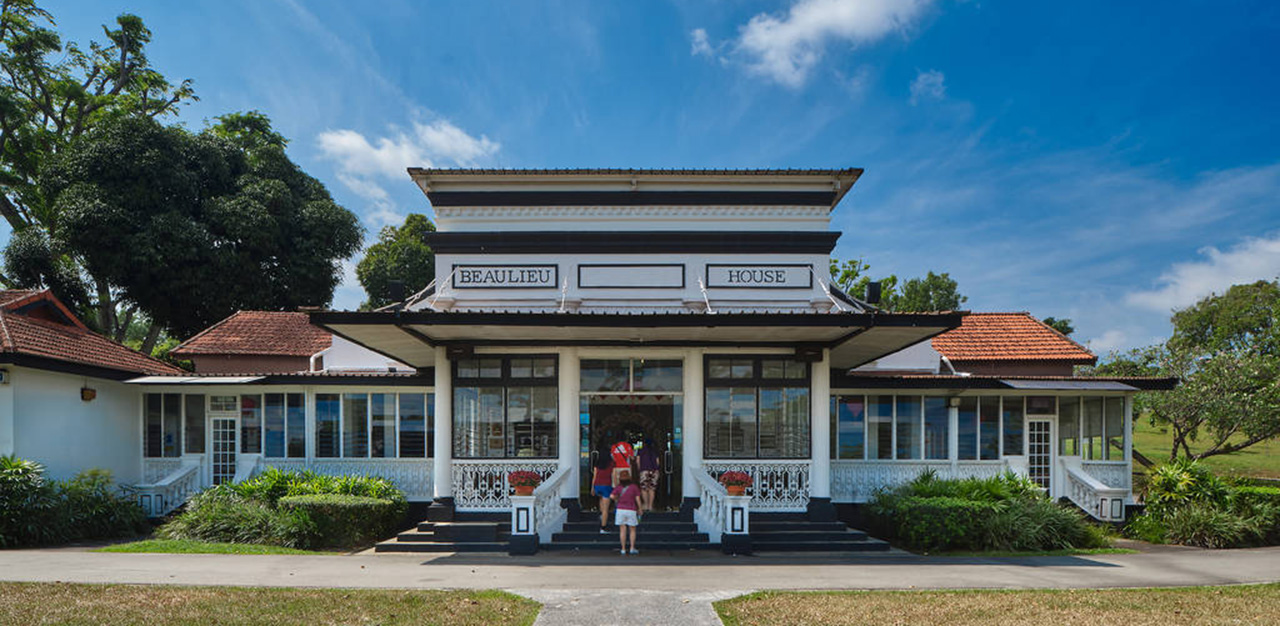
Sembawang Hot Spring Park
Sembawang neighbourhood is also home to the only hot spring found in Singapore. Residents have long made the relatively long journey to this natural wonder, and since it reopened as Sembawang Hot Spring Park last year, visitors have returned regularly to soak in the mineral-rich water that is believed to have curative properties.
The water from the hot spring was initially bottled and sold by merchant Seah Eng Keong. The land and business was then acquired by soft-drink company Fraser & Neave, who continued to produce and sell bottled water and mineral drinks from the spring, notably Vichy Water and Singa. During World War Two, the Japanese converted it into a sanatorium with thermal baths for their naval officers. Eventually,
After exchanging hands several times, the Ministry of Defence finally returned the land to the State, which started renovations of the area in 2018, and reopened it as a 1.1-hectare public park, last year.
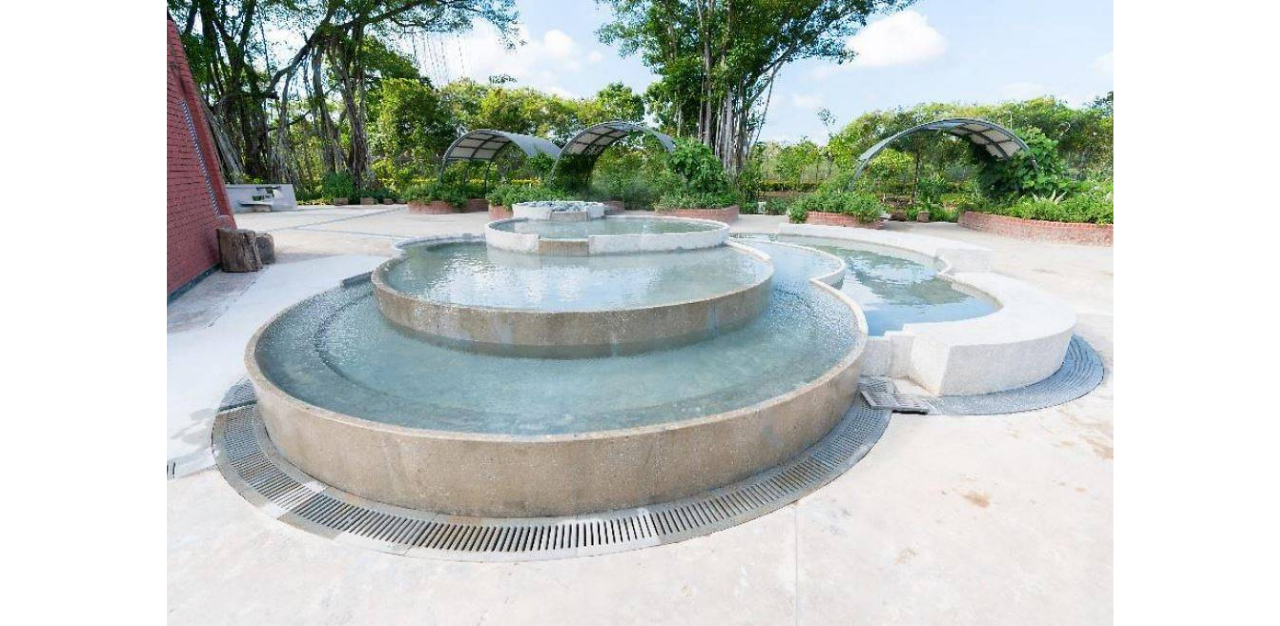
So how do you get started?
The Sembawang Heritage Trail offers a wide variety of options for trekking, learning and sightseeing. And you do not have to stick to the recommended trail routes! Feel free to mix up the locations and the routes according to your wishes.
Be sure to plan the route/s that you wish to take; set aside about three to four hours for the entire excursion. You can do this by either downloading the e-guide and map for the trail from roots.gov.sg, or you could go down to the National Heritage Board to pick up a physical copy.
The guide will be especially handy for you if you wish to read more about the history of Sembawang that cannot be seen physically; such as the Orang Seletar community, the rubber industry, or Little Kerala in the naval base. You can also read more about the memories and anecdotes of residents of Sembawang, which are peppered throughout the guide (the trail was curated in collaboration with current and former residents of Sembawang, who made a total of 33 contributions to the trail).
Take note of your public transport options. Most of the locations are remote and not nearby, hence driving down to Sembawang for the trail would not be ideal. Take the MRT to either Sembawang or Canberra, and then take the bus if necessary.
Join the conversations on TheHomeGround Asia’s Facebook and Instagram, and get the latest updates via Telegram.
